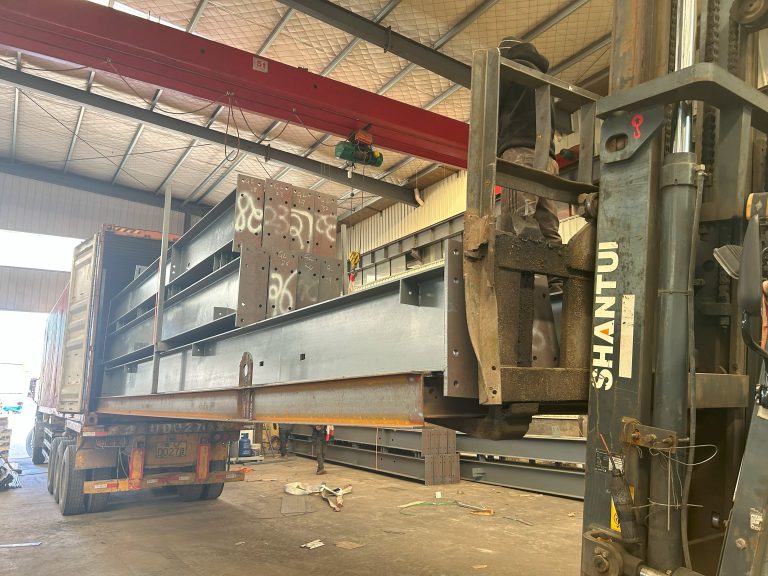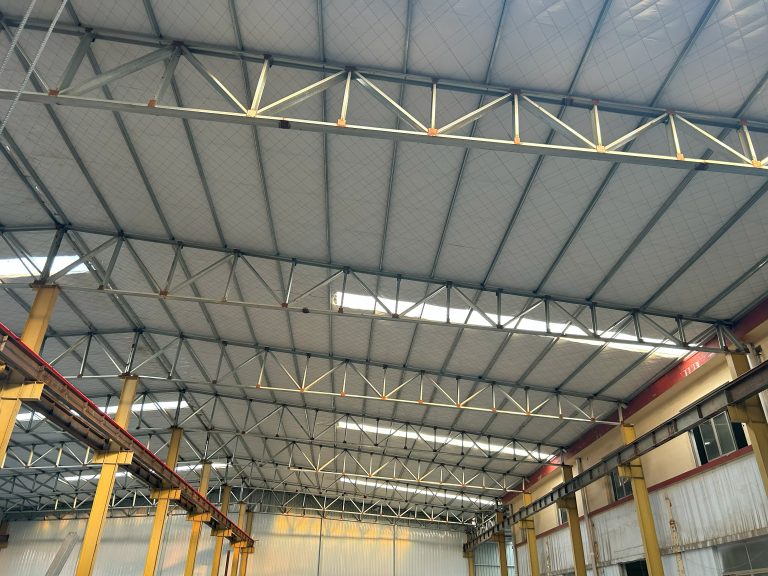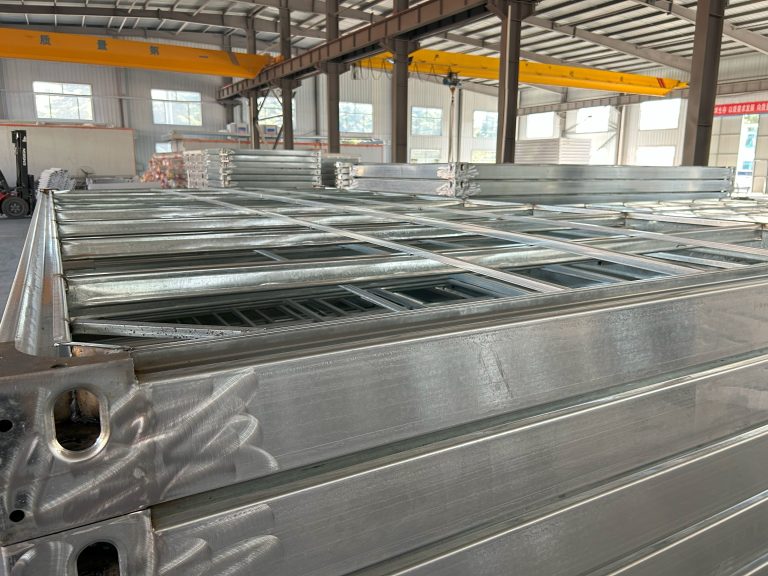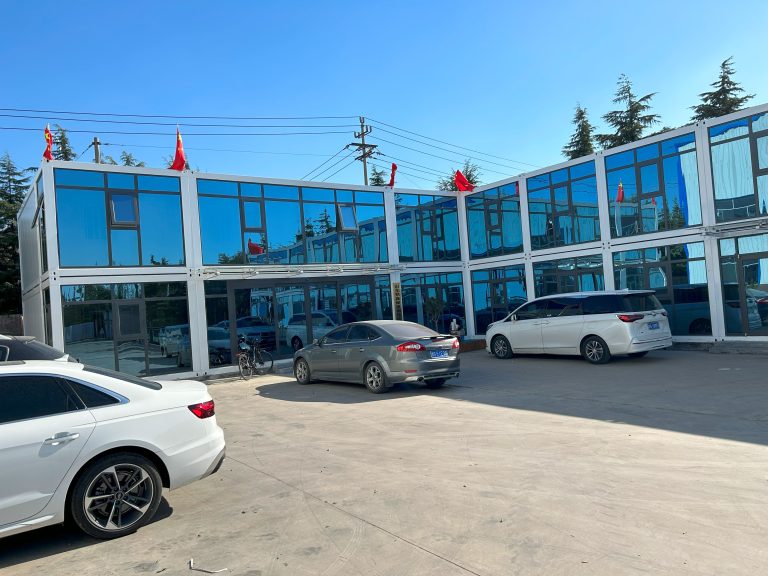Study on the application of augmented reality technology to improve construction efficiency in steel structure engineering
Table of Contents
Benefits of Augmented Reality Technology in Steel Structure Engineering
Augmented reality (AR) technology has been making waves in various industries, including construction. In the field of steel structure engineering, AR has the potential to revolutionize the way projects are planned, designed, and executed. A recent study conducted on the application of AR technology in steel structure engineering has shown promising results in improving construction efficiency.
One of the key benefits of using AR technology in steel structure engineering is the ability to visualize complex structures in a three-dimensional space. Traditional methods of planning and designing steel structures often involve two-dimensional drawings and blueprints, which can be difficult to interpret and visualize. With AR technology, engineers and construction workers can overlay digital models of steel structures onto the physical environment, allowing them to see how the structure will look and fit in real-time.

This visualization capability not only helps in the planning and design phase but also during the construction process. By using AR technology, construction workers can see exactly where each steel beam, column, and connection point should be placed, reducing errors and rework. This leads to a more efficient construction process, saving time and money in the long run.
Another benefit of using AR technology in steel structure engineering is the ability to detect clashes and conflicts before they occur. In traditional construction methods, clashes between different components of a structure are often discovered during the construction phase, leading to delays and additional costs. With AR technology, engineers can identify potential clashes in the design phase by overlaying different components of the structure and checking for interference. This proactive approach helps in resolving conflicts early on, ensuring a smoother construction process.
Furthermore, AR technology can also be used for on-site training and guidance for construction workers. By overlaying digital instructions and information onto the physical environment, workers can easily follow step-by-step instructions for assembling and installing steel components. This not only improves efficiency but also reduces the risk of errors and accidents on the construction site.
The study on the application of AR technology in steel structure engineering has shown that the use of this technology can lead to significant improvements in construction efficiency. By visualizing complex structures in three dimensions, detecting clashes early on, and providing on-site training and guidance, AR technology can streamline the construction process and improve overall project outcomes.
In conclusion, the benefits of using AR technology in steel structure engineering are clear. From improved visualization and clash detection to on-site training and guidance, AR technology has the potential to revolutionize the way steel structures are planned, designed, and constructed. As technology continues to advance, it is important for the construction industry to embrace these innovations and leverage them to improve efficiency and productivity. The study on the application of AR technology in steel structure engineering is just the beginning of what this technology can offer, and the possibilities are endless.
Case Studies of Augmented Reality Applications in Construction Efficiency
Augmented reality (AR) technology has been gaining traction in various industries, including construction. Its ability to overlay digital information onto the physical world has opened up new possibilities for improving efficiency and accuracy in construction projects. In the field of steel structure engineering, AR has the potential to revolutionize the way projects are planned, executed, and monitored.
One study that highlights the benefits of using AR in steel structure engineering was conducted by a team of researchers from a leading construction company. The study focused on the application of AR technology to improve the efficiency of steel structure assembly processes. By using AR glasses equipped with specialized software, construction workers were able to visualize the steel structure components in 3D before they were assembled. This allowed them to identify any potential issues or conflicts in the design, such as clashes between different components or incorrect placement of bolts.
The researchers found that using AR technology significantly reduced the time required for assembly and improved the overall accuracy of the construction process. Workers were able to quickly identify and resolve any issues that arose, leading to a smoother and more efficient construction workflow. In addition, the study found that using AR technology helped to reduce errors and rework, ultimately saving time and money for the construction company.
Another case study that demonstrates the benefits of using AR in construction efficiency is a project that utilized AR technology for on-site monitoring and quality control. By equipping construction workers with AR glasses, project managers were able to remotely monitor the progress of the steel structure assembly in real-time. This allowed them to identify any deviations from the original plan and provide immediate feedback to the workers on site.
The use of AR technology for on-site monitoring not only improved the efficiency of the construction process but also enhanced the quality of the final product. By catching errors early on and addressing them promptly, the project was able to maintain a high level of quality throughout the construction process. This ultimately led to a successful and timely completion of the steel structure project.
Overall, these case studies demonstrate the potential of AR technology to improve construction efficiency in steel structure engineering. By providing workers with real-time access to digital information and visualizations, AR can help streamline the construction process, reduce errors, and improve overall project outcomes. As the technology continues to evolve and become more accessible, we can expect to see even greater advancements in the use of AR in construction projects.
In conclusion, the application of augmented reality technology in steel structure engineering has the potential to revolutionize the way construction projects are planned and executed. By providing workers with real-time access to digital information and visualizations, AR can help improve efficiency, accuracy, and quality in construction processes. The case studies discussed in this article highlight the benefits of using AR technology in construction efficiency and demonstrate its potential to transform the industry. As more companies adopt AR technology in their construction projects, we can expect to see even greater advancements in the field of steel structure engineering.






